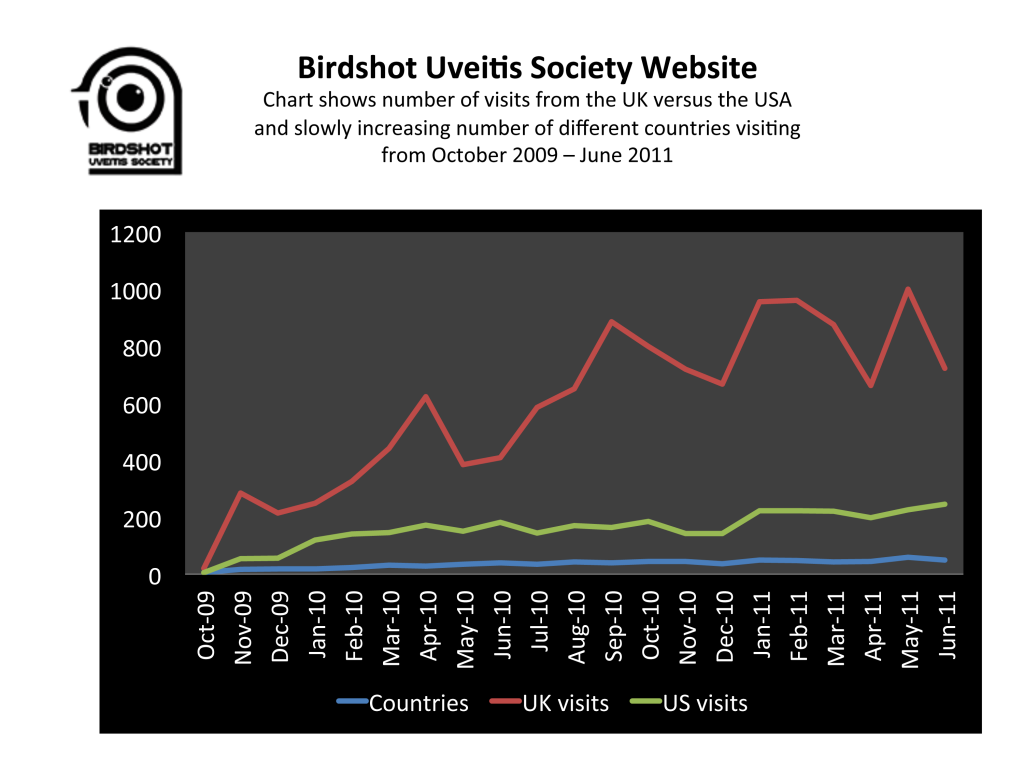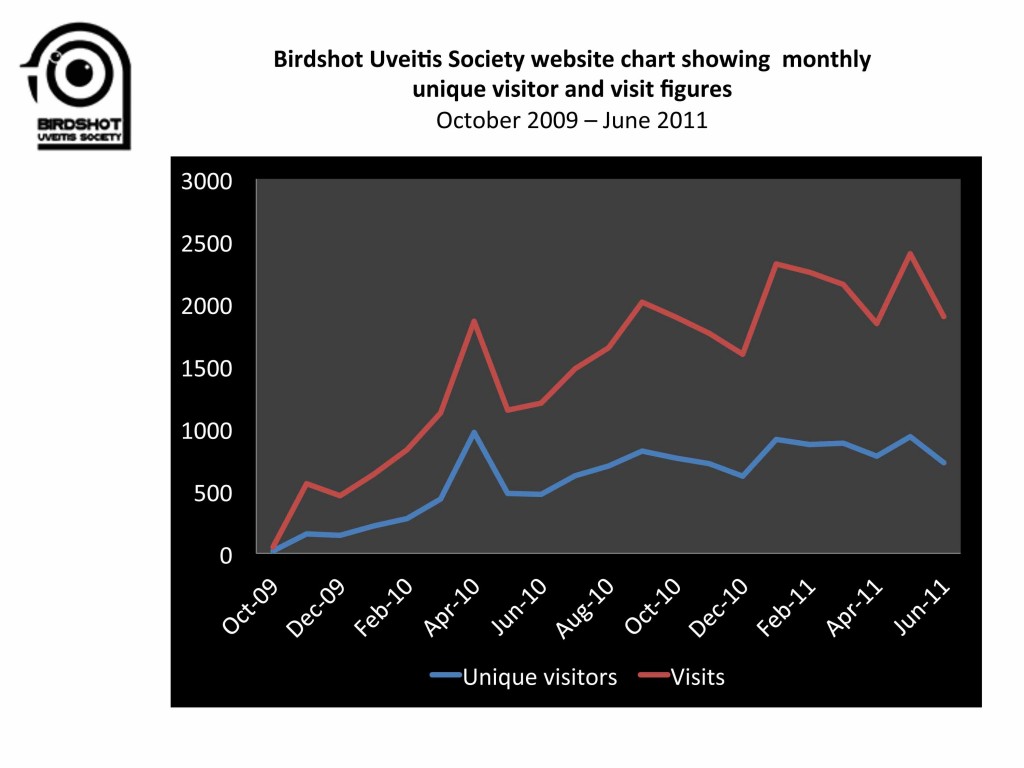The Guardian of 22nd July had an interesting article, authored by Polly Toynbee, on the state of our NHS. She provides a specific example, based on cataract surgery in Suffolk, of how criteria for treatment are tightening, and delays are being built into the system. The concern is that this way of ‘rationing’ healthcare is by no means confined to Suffolk.
Some worrying quotes from the article:
“To qualify for an operation patients need to be so poor-sighted that they can only see at six meters what ordinary people can see at 18 meters: previously people qualified if they could see at six meters what others see at 10. This is such a big difference that the optometrist revealing the new order says it would have excluded 90% of those he had sent for cataract removal over recent months.”
“Growing use of referral management centres means GPs’ letters to consultants are sent via a third outfit where they are scrutinised, often not by doctors but by nurses, physiotherapists or administrators, and returned if they don’t meet ever tougher criteria. That keeps patients off published waiting lists. The King’s Fund has done research that shows no evidence that this expensive extra tier of bureaucracy saves any money.”
This really is a sorry state of affairs, particularly for people like us who have rare and fluctuating conditions, and need expert help to retain our visual acuity. For the whole article follow the link below.
http://www.guardian.co.uk/commentisfree/2011/jul/22/nhs-still-at-risk?INTCMP=SRCH
But, what about the NHS services we with Birdshot use? Have we noticed a deterioration?
We at BUS are interested in receiving feed back from anyone who is experiencing problems in getting NHS services, or getting appointments, or getting appropriate medication, or getting appropriate monitoring and testing. Please email us with your experiences.
We have a particular interest in people attending the Croydon University Hospital Eye clinic (it used to be called Mayday). Over the last year or so we (Annie and Rea) have noticed a worrying deterioration in services from the eye clinic there. It is particularly pertinent to us, as one of the world experts on Birdshot practices from Croydon. We really don’t want say too much about our own experiences at this stage, as we are looking for feed-back from any of you who attend Croydon.
The reason for needing your feed-back is that we have already been to see the senior management at Croydon, to explain our concerns about the services. This has led to an agreement that we will provide on-going feed-back from any of our members who attend Croydon and we will keep a check on whether things are improving or not. If they are not, we plan to take further action, so your help is really, really needed.
We are very happy to do the same for any other hospital where there are real concerns (we need evidence to do this – your experiences are very powerful evidence) so get those emails in to us – we need to make sure that EVERYONE with Birdshot gets a proper NHS service!!!












